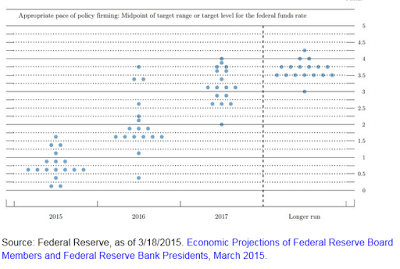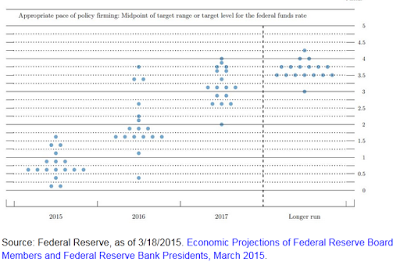The Swiss National Bank Changes an Exemption Out of Fairness
The Swiss National Bank announced today that as of May 1 the negative rate charged for sight deposits would be applicable to most institutions that were previously exempt. Many saw this as an easing move by the SNB and sold the Swiss franc in response.





